A CNC router machine is probably the most useful tool a hobbyist can own, but the price for a CNC machine on the market is way more than the average hobbyist is willing to spend. You can build your own CNC with very basic tools, little knowledge of machinery, mechanics, or electronics, but be warned, these machines are inherently dangerous, so wear the proper protection and use common sense. At the very least, read the instructions and precautions on every tool you use.
Now, a CNC stands for Computer Numerical Control, but that is gibberish. It does hint you to the fact that something is controlled, and probably by a computer. It's really a mechanism that interfaces to a computer to control its movements, similar to a robot, but this machine has a specific function. It cuts or shapes things with this control. In essence, a computer precisely controls a cutting tool, like a router for instance, to cut materials such as wood, plastic or metals into shapes only bounded by your imagination.
This video tutorial will show the use of cross dowels as an alternative to the usual connections. A cross dowel is a piece of hardware to mechanically join two materials usually at right angles. The cross dowels are clean, won't turn through vibration by virtue of it's shape, and spans more wood area so the possibility of splitting or crushing the wood is minimized.
The second tutorial will run through a technique, and a vital element in the CNC machine. This step is not as glorious as building an actual working component of one of the CNC axes; however, this type of connection is used on almost every part of the machine. The idea is very simple: with two large holes to receive nuts, and two transversal holes to receive screws (long enough to reach the nuts), a tight and strong connection can be achieved. Not only is this connection strong, it also helps to create the tension desired to tighten an axis assembly around the rods/angles for snug no-play sliding.
Just updated your iPhone? You'll find new features for Podcasts, News, Books, and TV, as well as important security improvements and fresh wallpapers. Find out what's new and changed on your iPhone with the iOS 17.5 update.





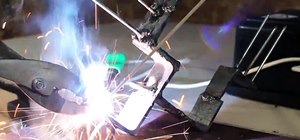



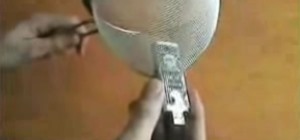
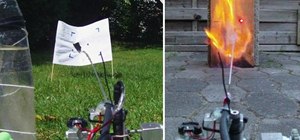
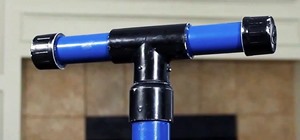
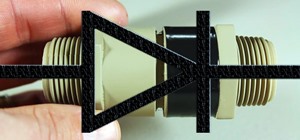
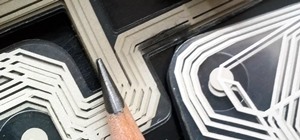

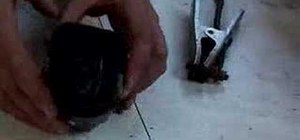
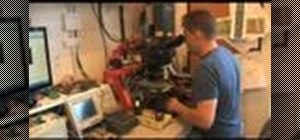
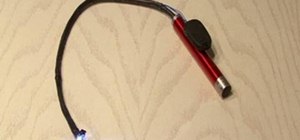
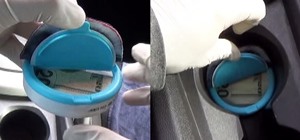
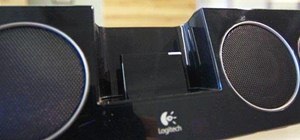
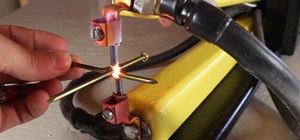

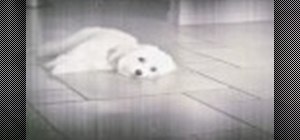

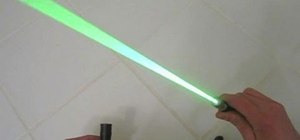
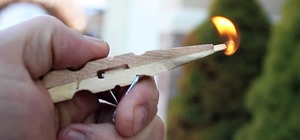

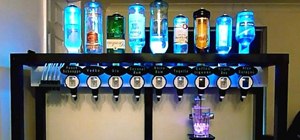
Be the First to Comment
Share Your Thoughts